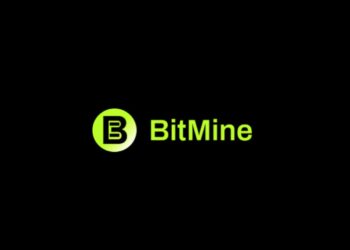Web3 Foundation: The future of Polkadot lies not only in technological breakthroughs, but in enabling more people to truly use DOT and build the DOT economy!
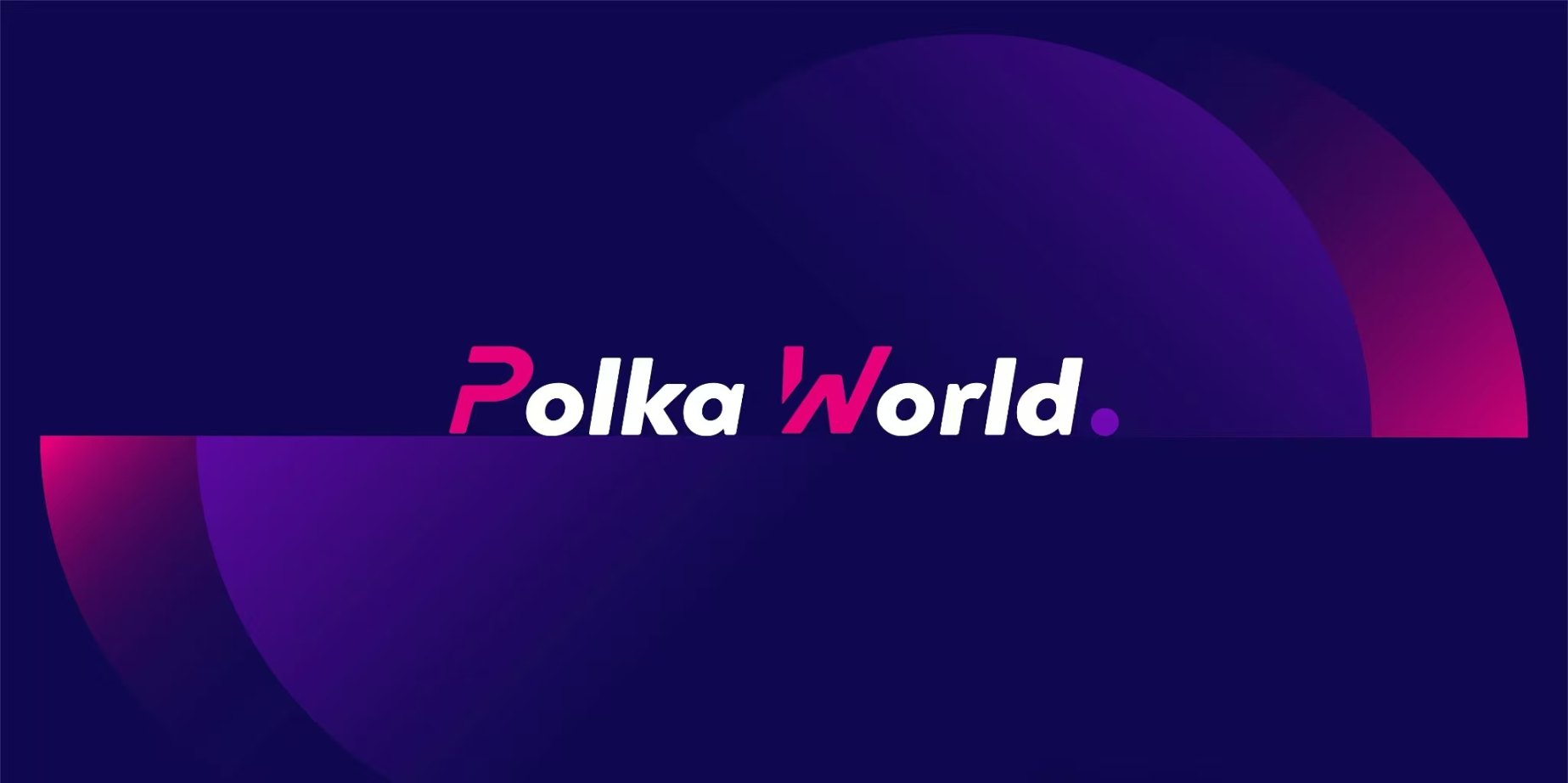
In the past few years, the Web3 Foundation has remained neutral — not intervening in voting, not participating in the treasury, and not deciding the direction of funds. But in the fall of 2025, all of this is about to change.
In the latest livestream by Bill, Vice President of Ecosystem at the Web3 Foundation, he systematically explained the foundation's reform direction, boundaries of responsibility, and future metrics for the Polkadot ecosystem.
This conversation covered several key topics:
- I am responsible for everything directly related to the community — from developer support to governance coordination, the foundation is fully involved in ecosystem building;
- What exactly does the Web3 Foundation do? — Not just serving Polkadot, but also committed to advancing the entire decentralized internet;
- Decentralization does not mean lack of coordination — The DV plan and adjustments to the voting mechanism allow the foundation to provide governance direction while maintaining neutrality;
- How to judge whether the Polkadot ecosystem is successful? — The standard is real adoption of DOT: Are more DOT-based projects being developed and used, forming a continuously growing DOT economic cycle?
- The biggest challenge for Polkadot right now is not technology, but external stereotypes — The community is reshaping its image through more user-friendly product experiences and outreach;
- Truly valuable Web3 applications are those that allow users to regain control of their data — and Polkadot's architecture is laying the foundation for such native Web3 scenarios.
As Bill said:
“The future of Polkadot is not just about technological breakthroughs, but about getting more people to truly use DOT and build the DOT economy.”
This livestream marks the transition of the Web3 Foundation's reforms from concept to practice — from funding and governance to adoption, enabling the decentralized ecosystem to truly operate.
Keep reading to see more in the Chinese version organized by PolkaWorld!
ET: Welcome Bill from the Web3 Foundation. For those active in the community, Bill is an old acquaintance — you’ve probably seen him on Twitter or in some interviews, so I’m glad to chat with him today about broader topics and get a deeper understanding of his new role at the foundation, as well as some recent changes at the Web3 Foundation.
But before we get into the main topic, let’s start with a little icebreaker. I saw you posted a photo not long ago, and I want to zoom in and show everyone. Can you tell us the story behind this photo? I know you used to work in education — is there a story behind this picture?

Bill: Haha, this is actually quite interesting. People who know me know that I usually don’t keep a beard, but at that time I had a little goatee — I just wanted to prove to myself that I could grow some facial hair.
ET: What I really want to ask is, why are you standing in front of a tank?
Bill: Oh, that. Actually, many people don’t know, but from 2005 to 2006, I worked as a civilian contractor in Iraq for 13 months. I was doing computer-related work — basically a nerd tinkering with computers in the background. One day, when we had some free time, we took a photo next to that tank because we thought it looked cool. By the way, that’s not beer — alcohol wasn’t allowed on base. The photo was taken in the outskirts of Baghdad.
ET: Haha, I also saw you blurred out your badge info. I thought you were with the CIA.
Bill: No, that’s because my personal information was on the badge, and I was worried someone might zoom in and see it, so I covered it up.
I am responsible for everything directly related to the community
ET: That’s quite an interesting experience — 13 months in Iraq must have come with a lot of stories.
But let’s get back on track. Today we’re talking about your new role at the foundation and some of the reforms being pushed forward. Could you first tell us, as VP of Ecosystem, what are your main responsibilities now?
Bill: Yes, my current position is “VP of Ecosystem.” This role isn’t just about “ecosystem success,” but covers many aspects related to the ecosystem. I say this because Radha — you may know he was previously our Head of Technical Education and Technical Evangelist — is now “Director of Ecosystem Success,” so I wanted to clarify that to avoid confusion.
My own background is academic — I was a university professor, and later led the foundation’s technical education team for a long time. I’ve also always been involved in governance work, as well as some things people may not know about. For example, the customer support team actually reports to me. Fun fact: if you ever emailed the Polkadot support team, in the early days, the support@polkadot.network inbox was managed by me — I was basically the only member of the early support team.
Going forward, my work will include staking, ecosystem growth, and more. In general, my responsibilities are very broad, basically covering everything directly related to the community, including funding developer teams, helping projects build on Polkadot, providing technical support, participating in on-chain governance, and promoting technical education.
Simply put, everything under the term “ecosystem” is basically related to me. I took over this position about two months ago, and we’ve already started making some adjustments. You may have noticed that some announcements have already been released recently.
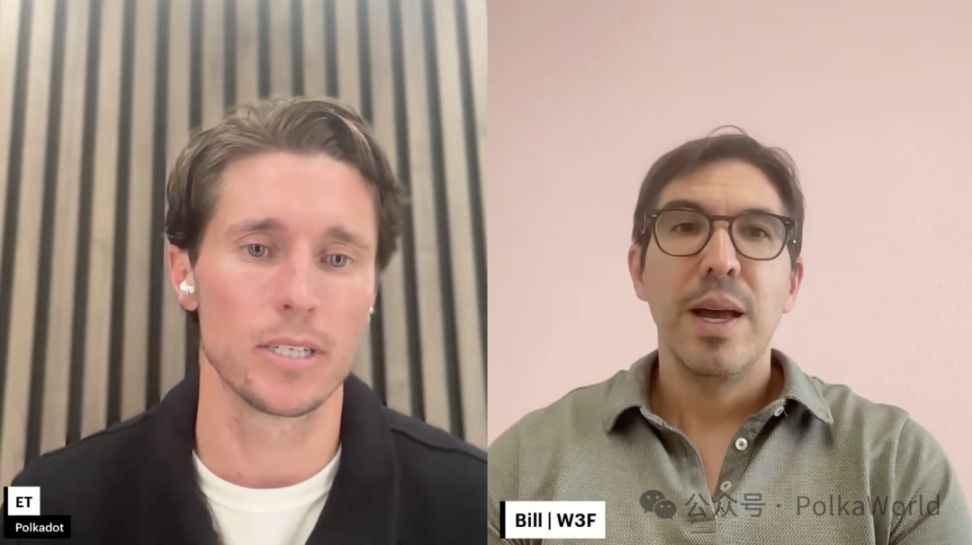
What exactly does the Web3 Foundation do?
ET: Before we talk about those announcements, I want to ask: What role does the Web3 Foundation play in the entire Polkadot ecosystem? What is the foundation’s structure? What is its core mission? Is it only focused on Polkadot, or does it more broadly promote the development of the Web3 ecosystem?
Bill: The Web3 Foundation is a Swiss foundation — the legal entity in German is called “Stiftung” (apologies if my pronunciation is off to our German-speaking friends).
The foundation has a clear mission: to promote the development of a decentralized internet. That’s why we’re called the “Web3 Foundation” and not the “Polkadot Foundation.” That said, we believe the best way to achieve a decentralized internet is through Polkadot and some other related chains and technology ecosystems.
There are many researchers within the foundation — about 12 or so — whose research areas are very broad, not only including network systems but also game theory, economic system design (such as the work by Jonas Gehrlein), cryptographic primitives, zero-knowledge proofs, and other cutting-edge fields. So while our core focus is on Polkadot, our perspective is broader.
We also support the Kusama network, the newly launched JAM technology, and events like Web3 Summit, which are not specific to any one ecosystem.
Therefore, the Web3 Foundation’s mission goes far beyond Polkadot. In a sense, this broader perspective is great — it allows us to “see the forest, not just the trees”; but it also brings challenges, because we have to pay attention to many more areas than if we were focused on a single protocol.
ET: Right, I think many people don’t realize how broad the foundation’s research scope is. You just mentioned Jonas — when the DOT hard cap was being discussed in recent months, Jonas actually did a very in-depth analysis report, exploring DOT’s economic model, staking mechanism, and so on. These research reports can all be found on the Web3 Foundation’s official website, and sometimes are also posted on the Polkadot forum.
Bill: Yes, if you visit research.web3.foundation, you’ll see all our research results. The research topics are very diverse, not just economics and cryptographic primitives, but also distributed systems and more.
In fact, many of Polkadot’s core designs are built on solid research foundations. We’re not the type to “write some code and see what happens.” For example, the working principles of the consensus algorithm, the design logic of the Nominated Proof of Stake mechanism, and so on, all have very deep research backing them.
ET: There’s something else many people may not know — Polkadot, or rather the entire Polkadot ecosystem, was one of the earliest pioneers in the Web3 field. I remember the term “Web3” was first proposed by Gavin Wood, right?
Bill: That’s right. Gavin proposed the concept of “Web3” back in 2014. Now everyone uses the term, but it was indeed first proposed by him. In fact, I first heard of Gavin Wood because he was the CTO of Ethereum and proposed the Web3 concept, so even before Polkadot appeared, he was already well-known for this concept.
Decentralization does not mean lack of coordination: The Foundation discusses the DV plan and new voting strategies
ET: You mentioned earlier that the foundation has had some new changes and adjustments recently. Can you talk more specifically about them? For example, let’s talk about the DV (Decentralized Voices) plan — how did it come about?
Bill: Of course. Let me give a bit of background first. Polkadot’s on-chain governance uses the “OpenGov” model, which is a fully open one-person-one-vote system. We noticed a phenomenon: there are many very enthusiastic and insightful people in the community who, although they don’t hold much DOT, often make very rational decisions when voting. However, they gradually stopped participating in voting because they felt their voting power was too small to affect the outcome. So, about a year and a half ago, we launched the Decentralized Voices plan.
Simply put, we delegate a portion of the foundation’s DOT to these representative people or organizations in the community, allowing them to vote on behalf of others, with the goal of “amplifying” their voices. That’s the meaning behind the name “Decentralized Voices.”
This plan has gone through several evolutions, such as:
- Now, all DV representatives are no longer individuals, but DAOs (Decentralized Autonomous Organizations). We found this approach gives stronger representation and is more in line with the concept of decentralization.
- Additionally, we launched DV Guardians or DV Light, which are smaller-scale representatives who receive a smaller DOT delegation.
- Currently, there are also two AI representatives, one called GoverNoun AI and the other CyberGov, which I find very interesting.
- Recently, based on voting participation and how to keep the governance system in optimal condition, we adjusted some parameters — for example, we just increased the total amount of DOT delegated by the foundation to DV on Polkadot from 2 million DOT to 3 million DOT.
ET: I also saw the foundation announced that, in certain necessary cases, it will directly participate in voting on some proposals. Can you talk about the considerations behind this?
Bill: Sure. This is actually related to why we set up the DV plan. The foundation holds some DOT, but in the past, we never participated in voting on treasury proposals. We always remained neutral, hoping the community would decide everything on its own. But later, we found that leaving everything to the community, while ideal, can cause coordination problems in reality. I often say in interviews: “Decentralization does not mean no coordination.”
We want to provide some direction while maintaining decentralization. For example, letting everyone know which directions the foundation is more focused on, which types of projects we think are more valuable to the ecosystem. Also, some teams want to submit treasury proposals but don’t know how much funding to apply for — we can act as their point of contact. You know, once a proposal is submitted, it’s “black or white” — either it passes or it’s rejected, there’s no room for negotiation. So early communication is important, and we want to provide some guidance beforehand to help good proposals pass and block those that are less reasonable.
After many internal discussions, we decided the foundation would also start participating in voting to a moderate extent. But to be clear, so far, we haven’t actually voted on any treasury proposals — our previous votes were mainly on technical upgrade proposals.
We announced this not to make the foundation the “final decision-maker,” but to play a coordinating role in community governance, not a commanding one. This is also another reason we increased the DV delegation amount. We’re well aware that the foundation’s vote may be seen as a “signal,” and people may follow our direction. Therefore, before we started getting involved in voting, we deliberately increased the DV delegation limit by 50% to tell everyone: “The community’s voice is still dominant. We’re just here to help coordinate better.”
So, the foundation will only vote when it’s truly necessary. So far, the community has performed excellently. Great job, everyone! We just want to make sure that when needed, the foundation can step in and provide support.
ET: Understood. Actually, in my view, the management and use of Polkadot’s treasury funds have improved greatly compared to a year ago. Now, many expenditures are integrated into the Bounties mechanism, and the allocation of bounty funds is more standardized, with strict evaluation before project approval. I think overall spending has decreased and looks much more efficient than last summer. What do you think?
Bill: I completely agree. But to be objective, the bounty system itself still has areas for improvement — after all, we’re still exploring and learning how to make the governance system run more smoothly. As you may know, OpenGov has recently introduced some new rules, which is also a kind of experiment. Polkadot’s governance is a continuous process of experimentation and iteration. But if you look back, whether a year or two ago, the inflow and outflow of funds are now basically balanced. In the past, our spending often far exceeded our income, but now things are much better and at a relatively healthy level.
Even better, we now have much greater visibility into spending, thanks to the work of OpenGovWatch — people like Alice und Bob and Jeeper have done an excellent job on this project. Now, if there’s a problematic proposal, it’s usually voted down; and those truly valuable to the ecosystem are recognized and supported by the community. I think there are two other very positive changes.
First, the atmosphere of community discussion is more rational and peaceful. In the past year or two, any topic could easily turn into an argument.
ET: Haha, just like American politics.
Bill: Right, exactly the same, haha. But regardless of your political stance, I believe everyone can agree: rational and civil discussion helps us achieve our common goals.
The second change is that we now have clear goals. In the past, treasury proposals were a bit like “throwing spaghetti at the wall to see what sticks” — all kinds of proposals flying around, some useful, some aimless. But now, things are different. The community is gradually forming a consensus on which types of spending are meaningful and which are not. There are still disagreements and problems, but the overall direction is very positive.
How to judge whether the Polkadot ecosystem is successful?
ET: I feel the same way. Things are definitely moving in a positive direction, and the community will continue to iterate and improve OpenGov, so I’m optimistic about the future.
Back to your new role — in your view, what does a “successful ecosystem” look like? Or, to put it another way: if we look back in six months or a year, what criteria would you use to judge whether the ecosystem has become more successful?
Bill: That’s a great question. I think a truly successful ecosystem needs to meet several conditions. Of course, this isn’t something that can be fully achieved in 12 months — it may take years. But the scene I most hope to see is — the Web3 Foundation eventually “exits the stage of history.” In other words, the community can fully self-govern and operate independently.
We’re already moving in this direction. For example, the Polkadot Technical Fellowship is now funded by the treasury, which is a very important milestone. To me, a mature ecosystem is one that can operate independently without direct intervention from the foundation. We’re steadily moving in that direction. Of course, this is a bit like an ideal “Platonic perfect state” — we’re not there yet, but we’re getting closer.
ET: That’s a grand vision. At least Polkadot is really working toward that. After all, many other blockchains claim to be “decentralized,” but are actually highly centralized at their core. Polkadot is one of the few networks truly practicing decentralization.
Bill: Exactly. But this path isn’t easy — centralization is indeed more efficient. For example, if all key decision-makers are in a Telegram group, a few messages can settle things — that’s certainly convenient, but how is that different from a traditional company? Polkadot has chosen the path of true decentralized governance, making the system as independent as possible from any single institution. This path is more complex.
Of course, another important dimension for measuring ecosystem success is: products and users. The ecosystem needs to have applications that are truly used and projects that users like. So my blueprint for the next few years is to see more and more high-quality products deployed on Polkadot, Polkadot itself operating stably, and the community collaborating in a fully decentralized way. We haven’t fully achieved this yet, but the direction is right and the trend is positive.
In the short term, my main focus is on two aspects:
- More and more DOT-based projects are being developed. These projects should have real use cases and good user experiences, so users are willing to use them long-term and keep coming back.
- Promoting the development of the DOT ecosystem economy. Everything in Polkadot runs on DOT, so we need to build a real DOT economic system. This is also one of our core focuses when issuing grants recently — we want to see DOT widely used in various scenarios.
I believe that with the launch of Polkadot Hub, developers will find it easier to deploy applications that use DOT, and users will interact with these applications more conveniently. At the same time, the foundation is very willing to help teams who want to use DOT to realize new ideas and turn their visions into reality.
The biggest challenge for Polkadot right now is not technology, but external stereotypes
ET: Awesome, I completely agree with your view. You just mentioned that decentralization itself brings some challenges. So, what challenges do you think the entire ecosystem still faces? Are there any ideas or solutions to overcome them?
Bill: Yes, I do think there are some challenges, and we’re already aware of and addressing them.
Let’s start with the “known issues,” which are relatively simple. For example, the community has long wanted native smart contract support — this is actually the vision of Polkadot Hub: running smart contracts on Asset Hub.
Although there were parachains supporting smart contracts before, the problem was that the ecosystem was too fragmented, and developers found it inconvenient. People wanted a unified place to deploy, and now we’re doing just that. Currently, smart contracts have already gone live on Kusama’s Asset Hub via PolkaVM, and on Polkadot mainnet, they’re expected to launch in December this year or January next year (I can’t guarantee the exact date, but it’s roughly in the next few months).
Another issue is the relay chain. Its original design was just to coordinate and secure parachains — to act as a “relay.” But later, many other functions were added, such as staking, governance, DOT balance management, etc. To make the system more scalable, we’re now migrating these functions to the Asset Hub parachain. This was completed last week (on Kusama) with almost no issues — of course, there were some minor expected glitches, since Kusama has been around for a long time and some weird legacy issues still pop up, but overall the migration was very smooth. We’ve successfully migrated Kusama’s staking, governance, and account balance functions to Asset Hub.
ET: Kudos to Parity and all the teams who worked on this!
Bill: Yes, it’s really amazing — so cool. This kind of migration is comparable to Ethereum’s switch from Proof of Work (PoW) to Proof of Stake (PoS) — like changing the engine mid-flight. This time, it’s more like “jumping from one plane to another mid-flight, carrying all your luggage,” and landing safely is truly impressive. This is one of the problems we identified and successfully solved.
Now, let’s talk about bigger challenges. The following are things we’re already working on, such as providing a better experience for developers and improving scalability. But there are also more complex issues, like governance. As I mentioned earlier, we’re still exploring — we’re really “pioneering in uncharted territory.” Interestingly, I’ve noticed that Cardano and Ethereum are facing similar issues, such as ecosystem fragmentation and governance efficiency. Polkadot faces similar challenges, but we’re improving — governance is much better than before, but still not perfect. Especially now that the Web3 Foundation’s role is changing, we need to keep observing the actual effects.
Another big issue is the public’s “impression problem” with Polkadot. I feel that many outsiders still think of Polkadot as being stuck in the “parachain slot auction era,” thinking “getting a slot is too hard,” “you can only use Polkadot JS App,” “there’s no good user interface.” But now things are completely different. We have excellent wallet products like Nova Wallet, Talisman, and SubWallet, with very user-friendly interfaces. You can even connect to the Polkadot ecosystem using regular EVM wallets like MetaMask.
I think the reason for these stereotypes is that Polkadot has been around for a while, and in the early days, the user experience was indeed poor, and there were many changes for developers, which gave people the impression that it was “troublesome.” But we’re solving all these problems, and things are much better now. So I often tell people: If you haven’t used Polkadot in the past few years and still have the old impression, I strongly recommend you try these wallets now — the experience will be completely different.
ET: Absolutely agree! Are there any other common misconceptions?
Bill: Of course, there are quite a few. One common misconception is that many people only look at the relay chain when checking Polkadot’s statistics. But in fact, the goal of the relay chain is to be “as minimal as possible,” eventually not processing any transactions at all. So when people say “there are almost no transactions on Polkadot,” I show them the data for the entire ecosystem — all the parachains combined have millions of transactions per month!
So, if you only look at relay chain data, you’ll get a completely wrong impression. The same misunderstanding happens with TVL (Total Value Locked) — people check “Polkadot’s TVL” and see it’s zero because they’re looking at the relay chain, but you actually need to look at the whole ecosystem.
Another misconception is “nothing is happening on Polkadot.” Actually, it’s the opposite — one of our biggest problems now is “too much information, but outsiders don’t know about it.” Too many things are happening at once — Coretime, parachain migration, Hub projects, all making great progress, and many new teams are joining Polkadot. I’m a long-time fan of new projects like Acurast, and many teams are using the Polkadot SDK to build their projects. Many people don’t even realize they’re using Polkadot technology — projects like BitTensor, Ternoa Midnight, Avail, etc., are all built on the Polkadot tech stack. Although they’re not “Polkadot chains,” this is the charm of open source — others can freely fork and use your code. From a technical perspective, this actually proves that Polkadot’s technology is among the best in the industry, because only the best technology gets reused and borrowed by others.
Truly valuable Web3 applications are those that allow users to regain control of their data
ET: Seeing more and more teams using the Polkadot SDK to build their products is the best recognition for the entire tech stack. We received a question from Tommy: “What types of applications does Bill hope to see on-chain?”
Bill: Wow, what applications do I hope to see on-chain... I think I’d really like to see some “basic business functionality” applications on-chain. For example, things like Google Docs, spreadsheets, expense reimbursement systems, etc. You know, every time I use Google Drive, I worry a bit — all this data is in Google’s hands, not under my own control. So these kinds of Web2 → Web3 transformation applications, which let users truly own their data, have a lot of potential in my view. Especially with Polkadot’s scalability, many applications that people used to think “couldn’t or didn’t need to be on-chain” are now entirely possible.
For example, social or connection-type applications — people often think of dating apps or social media, but anything with a “relationship graph” is social. Combined with the concept of Proof of Personhood, these applications could be even more valuable. There’s a very interesting app in Switzerland called Spontax — I haven’t seen it elsewhere — it’s kind of like a “friend meetup app”: if you want to find someone to go to a movie or have coffee with on short notice, you can instantly match with someone who wants to do the same thing. I’d especially like to see these kinds of fun applications on-chain.
Additionally, music and copyright-related things have a lot of potential — for example, blockchain-based music streaming and IP rights distribution. In short, think about the Web2 applications you use most often: Are there security or privacy risks? Are there types of data that would be better if users owned them? If the answer is yes, then it’s probably a good direction to build on Polkadot. I’d love to personally try these products.
ET: I especially agree, especially with the idea of combining “proof of personhood” and social media. Now, all kinds of social platforms are flooded with bot accounts and AI content — many posts aren’t even worth reading. If there were a mechanism to ensure content is “created by real people,” that would be a very valuable innovation.
Note: This livestream is quite long, and this article is the first part. The second part will be published tomorrow!
Disclaimer: The content of this article solely reflects the author's opinion and does not represent the platform in any capacity. This article is not intended to serve as a reference for making investment decisions.
You may also like
Grayscale formalizes its IPO filing
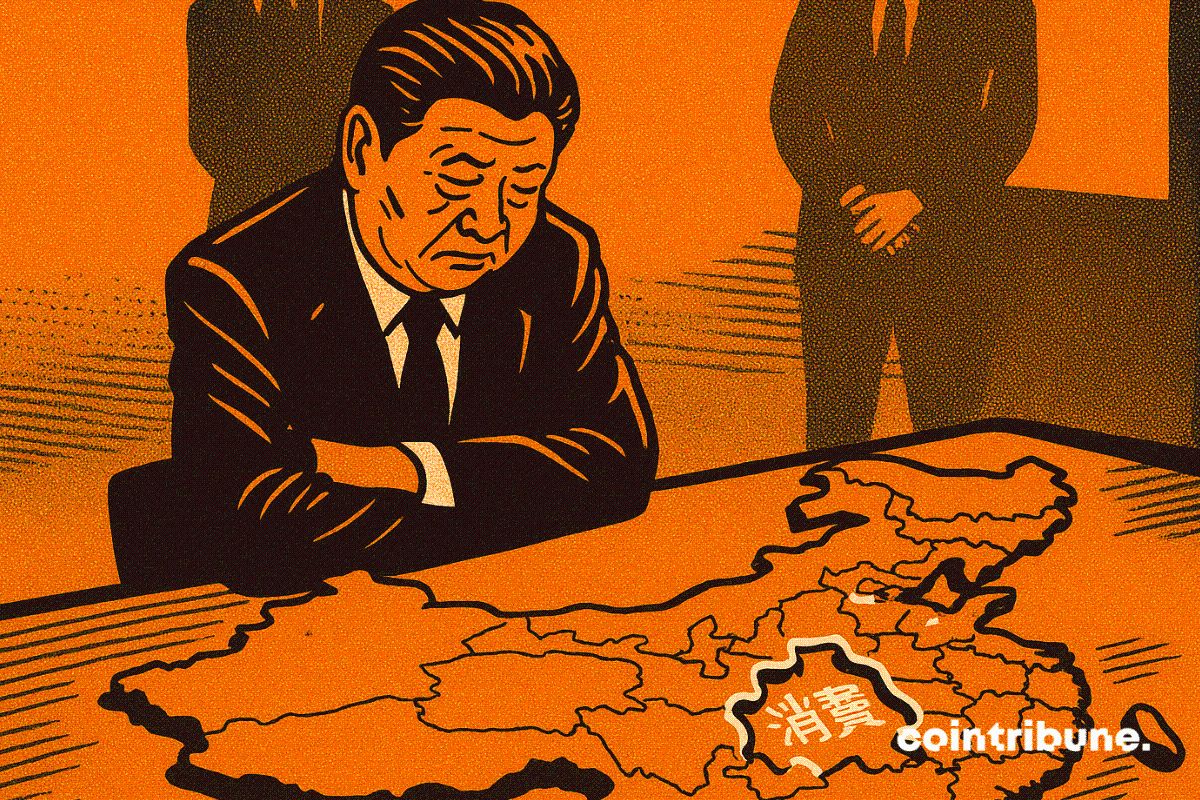
Czech Bank Tests Crypto Assets In Pilot Program
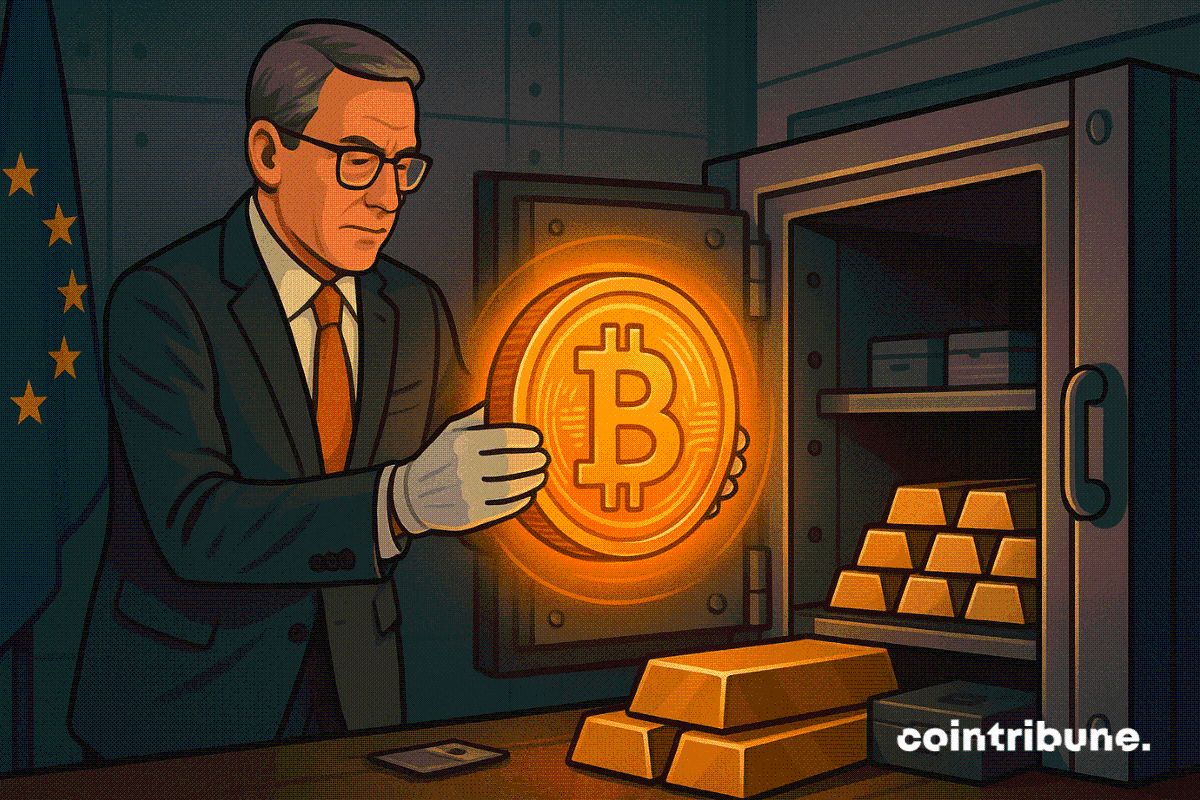
New XRP ETF Draws $58M Trading Volume, Tops This Year’s ETF Debuts
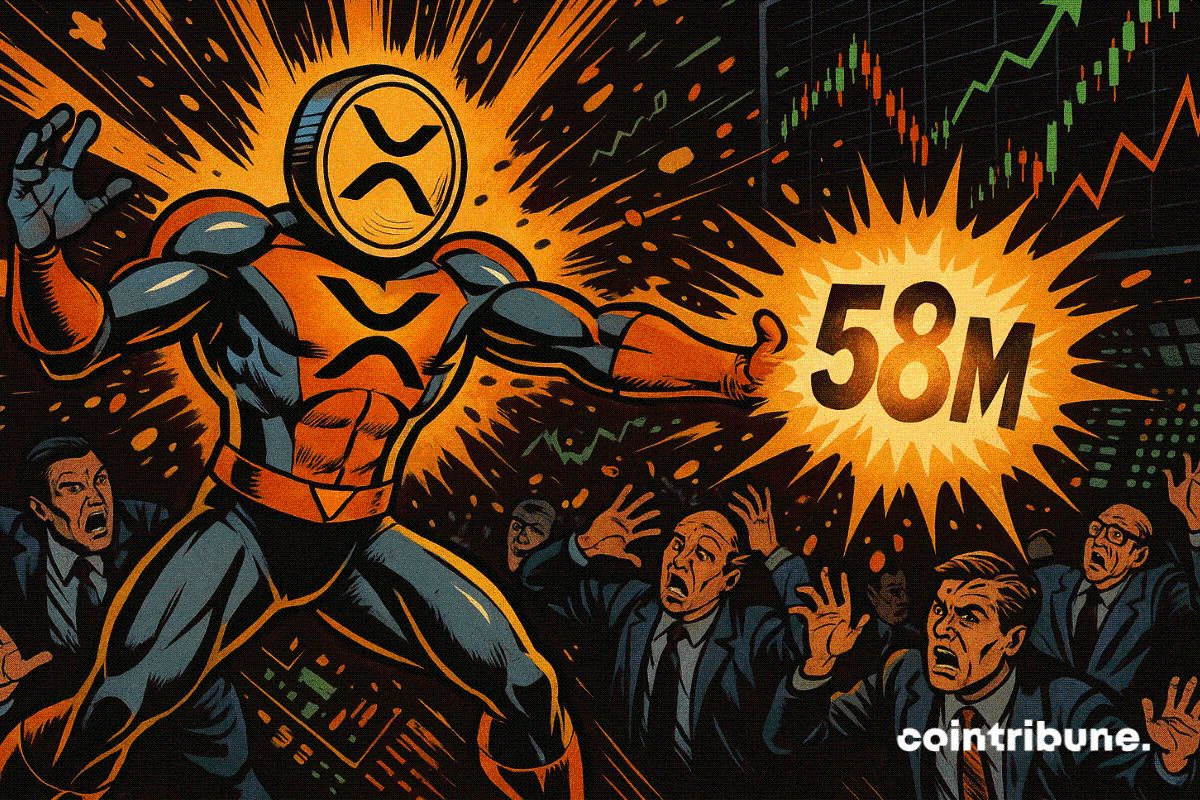
Bitzuma Launches Research & Education Hub to Elevate Crypto Knowledge
